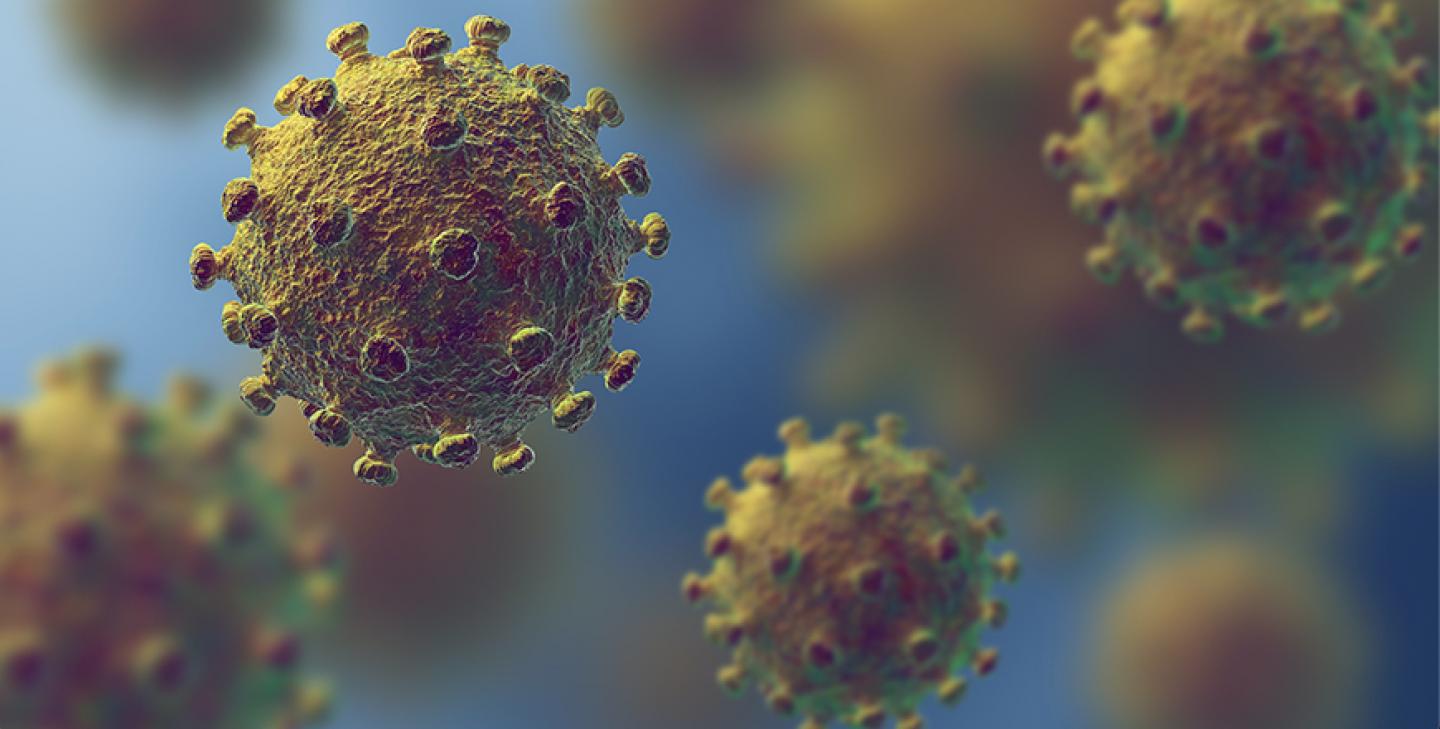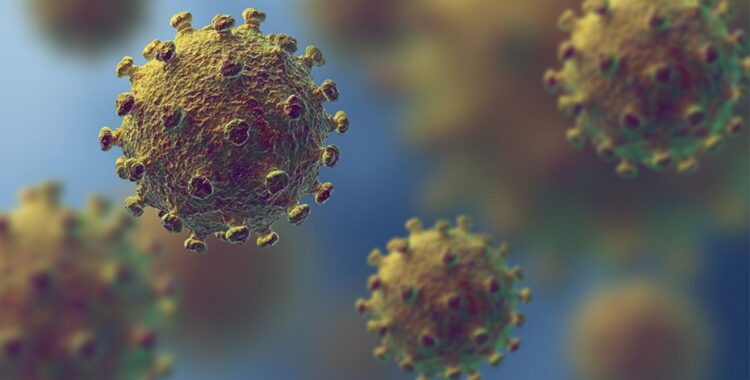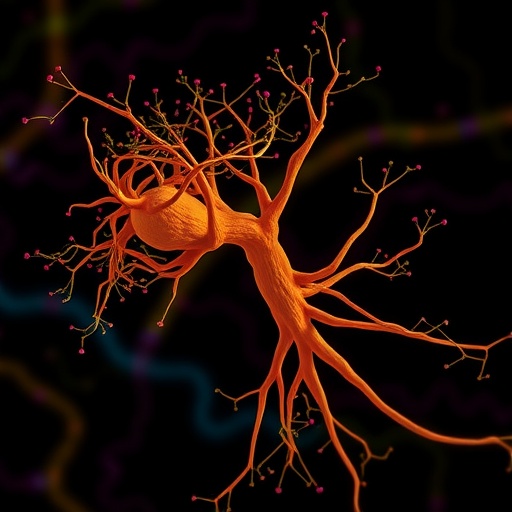Within weeks of arriving on the world stage, SARS-CoV-2 has managed to encircle the globe, leaving illness, mortality and economic devastation in its vast wake. One of the central challenges facing health authorities and the medical community has been tes

Credit: Shireen Dooling
Within weeks of arriving on the world stage, SARS-CoV-2 has managed to encircle the globe, leaving illness, mortality and economic devastation in its vast wake. One of the central challenges facing health authorities and the medical community has been testing for the elusive virus on a sufficiently comprehensive scale.
A new approach to monitoring the novel coronavirus, (as well as other dangerous pathogens and chemical agents), is being developed and refined. Known as wastewater-based epidemiology (WBE), the method mines sewage samples for vital clues about human health. It can potentially identify levels of coronavirus infection at both a local and global scale.
Ultimately, WBE holds the promise of near real-time monitoring of disease outbreaks, resistant microbes, levels of drug use or health indicators of diabetes, obesity and other maladies.
In a new study, ASU researchers Rolf Halden and Olga Hart analyze what can and cannot be measured when tracking SARS-CoV-2 in wastewater, and they highlight the economic advantages of the new approach over conventional disease testing and epidemiological surveillance.
“Our results show that exclusive reliance on testing of individuals is too slow, cost-prohibitive and in most places, impractical, given our current testing capacity,” Halden says. “However, when preceded by population-wide screening of wastewater, the task becomes less daunting and more manageable.”
Hart is the lead author of the new study and a researcher in the Biodesign Center for Health Engineering. Halden, who directs the center, also is a professor of engineering in the Fulton School of Sustainable Engineering and the Built Environment and author of the 2020 book Environment.
Their research appears in the current issue of the journal Science of the Total Environment.
A liter of water, an ocean of information
Wastewater-based epidemiology holds the potential to break the coronavirus testing logjam in many developed nations like the U.S., but could also be an invaluable tool for gathering health data in impoverished regions likely to bear the brunt of the pandemic.
Currently, the U.S. features the largest national and international WBE network and sample repository, known as the Human Health Observatory (HHO) at ASU. Recently, SARS-CoV-2 was added to a range of health indicators subject to continuous tracking by the HHO since May, 2008.
Tracking a lethal menace
Halden’s technique boasts high sensitivity, with the potential to detect the signature of a single infected individual among 100 to 2 million persons. To accomplish this, wastewater samples are screened for the presence of nucleic acid fragments of the SARS-CoV-2 virus. The RNA genomes are amplified through a process known as reverse-transcriptase quantitative PCR (RT qPCR).
The WBE strategy involves first transcribing coronavirus RNA into complementary DNA (cDNA) by the reverse transcriptase enzyme, then amplifying the resultant DNA to improve signal detection. Sequencing techniques are used to confirm viral presence in wastewater samples.
“We can in one go monitor an entire community for presence of the new coronavirus,” Hart said. “However, tradeoffs exist. To get the best results and avoid loss of information, we want to measure close to virus hotspots and take into account wastewater temperature and dilution when estimating the number of infected cases.”
In the current study, researchers modeled wastewater samples in Tempe, Ariz., for the presence of the SARS-CoV-2 virus. Their work draws on computational analysis and modeling, and projections of past, present and future epidemic hotspots.
The research indicates that careful calibration must be carried out to ensure the accuracy of data, which is acutely sensitive to key variables including seasonal temperature, average in-sewer travel time, degradation rates of biomarkers, community demographics and per-person water use. (A companion paper by Halden and Hart examines the effects of these variables on WBE results in fine detail.)
Estimates based on European and North American data suggest that each person infected with SARS-CoV-2 will excrete millions if not billions of viral genomes into wastewater per day. This translates to between 0.15 and 141.5 million viral genomes per liter of wastewater generated.
With the aid of RT qPCR, researchers should be able to detect the novel coronavirus with high sensitivity, requiring the monitoring roughly every 1 in 114 individuals in the worst-case scenario and just 1 positive case among 2 million non-infected individuals under optimum conditions.
In addition to reducing transmission and fatality resulting from SARS-CoV-2 infection, improved population-wide data provides other societal benefits. By pinpointing viral hotspots, researchers will be able to better direct resources to protect vulnerable populations through social distancing measures, while easing restrictions in virus-free regions, minimizing economic and social disruption.
To accomplish that, Halden and his team have created OneWaterOneHealth, a nonprofit project of the ASU Foundation that seeks to bring COVID-19 testing to those who currently cannot afford it.
Halden said that should this approach be applied in the U.S, roughly 70% of the population could be screened for SARS-CoV-2 through monitoring the country’s 15,014 wastewater treatment plants at an estimated cost for chemical reagents of $225,000 USD.
More fine-grained surveillance could be achieved by using WBE to identify regional or global hotspots for the virus, then applying targeted testing of individuals using clinical methods.
###
Media Contact
Gabrielle Hirneise
[email protected]
Related Journal Article
http://dx.





